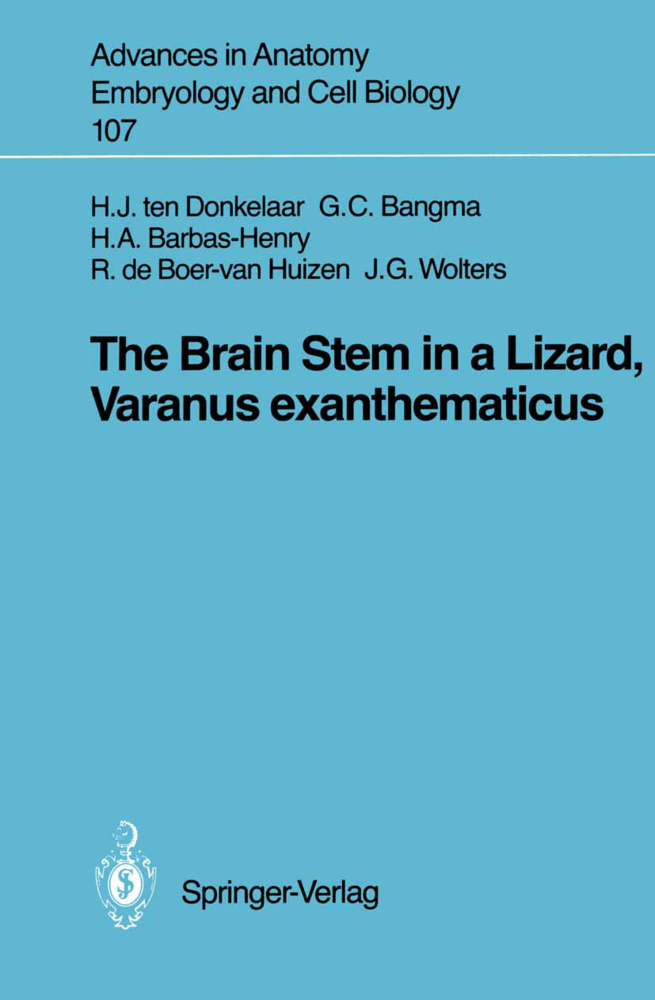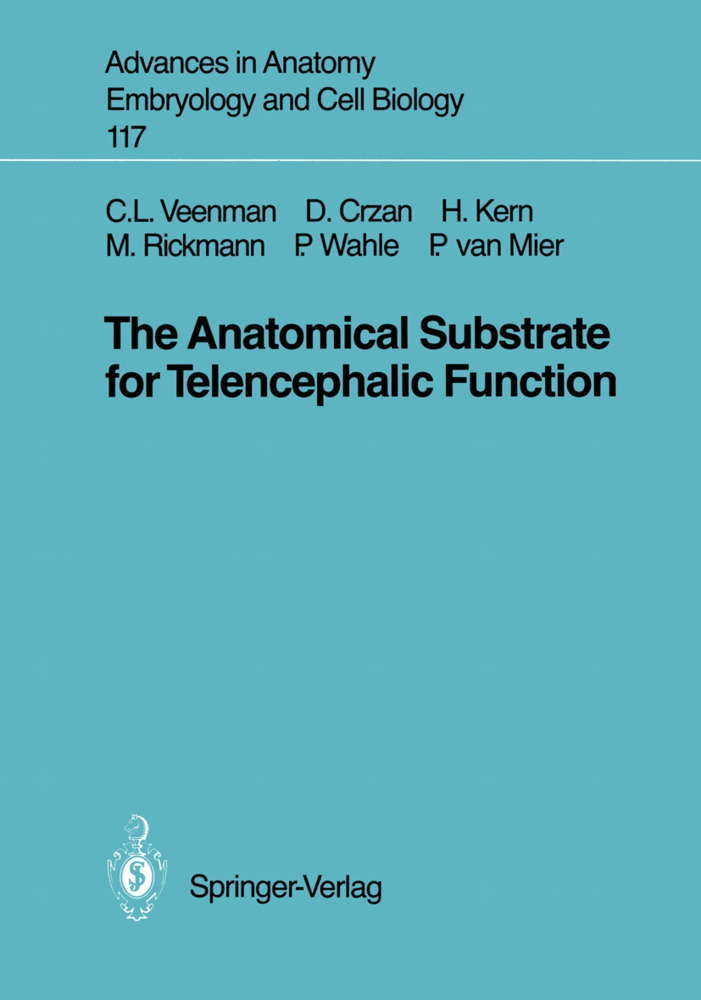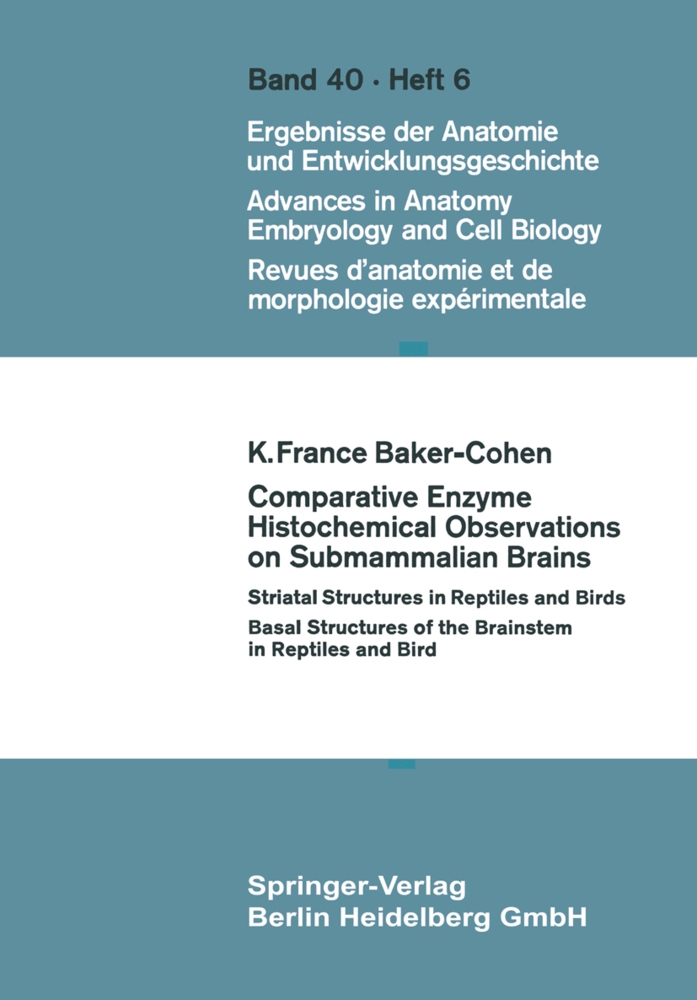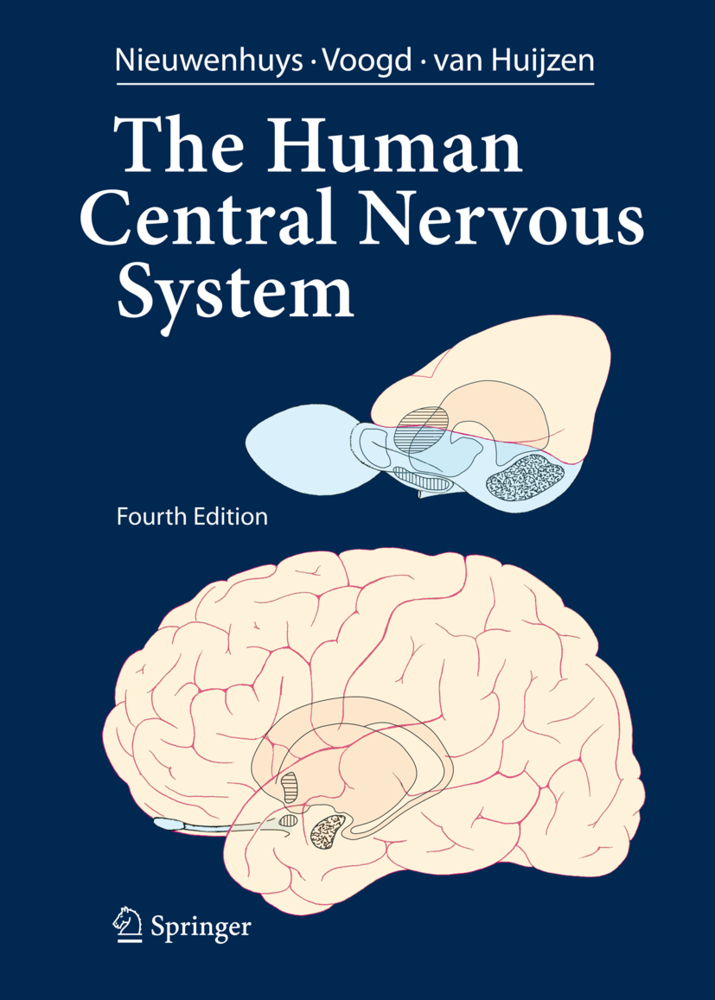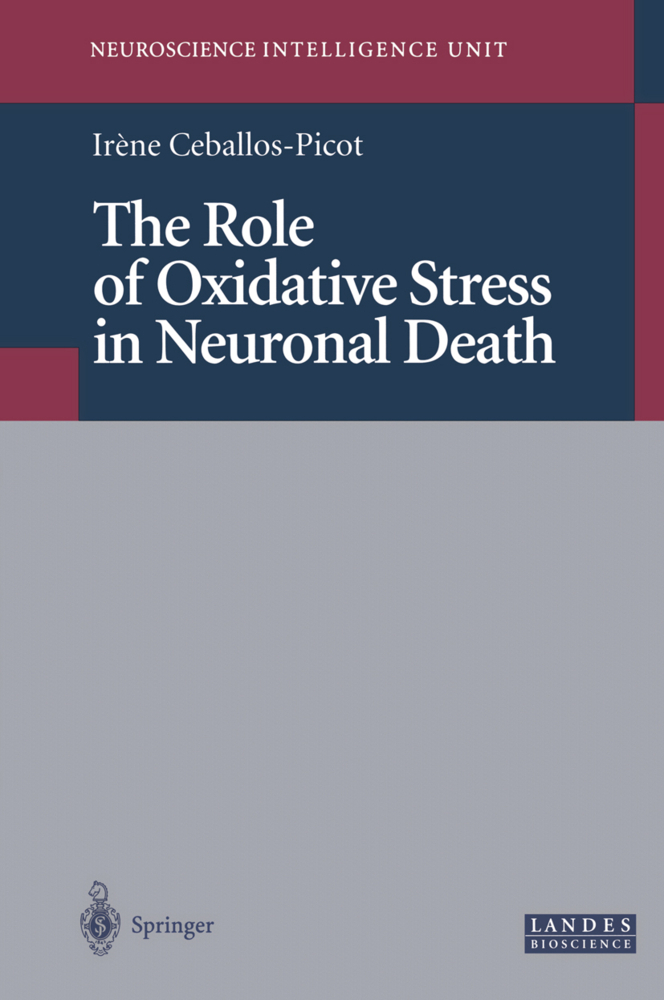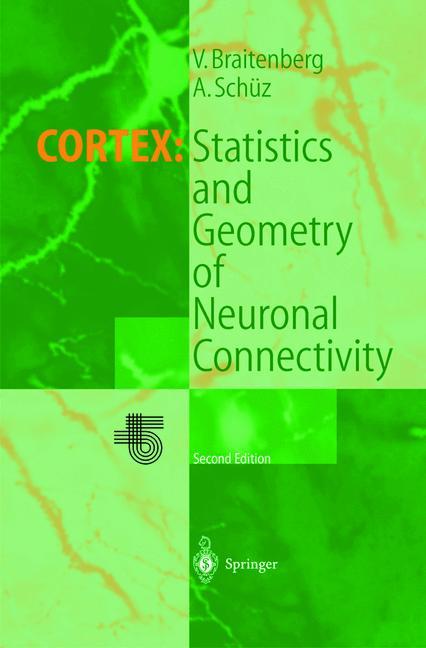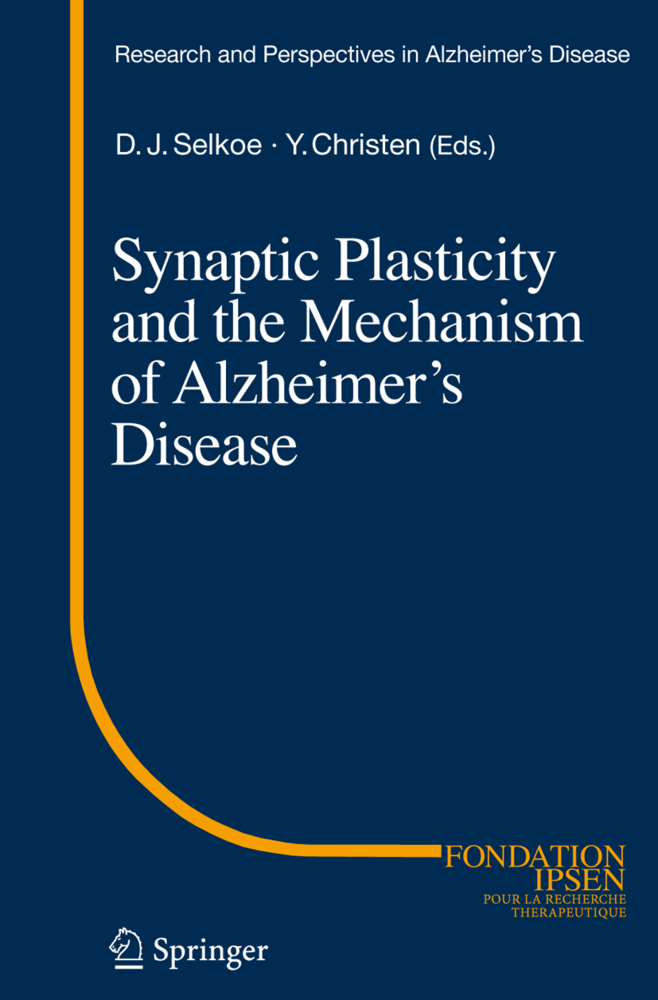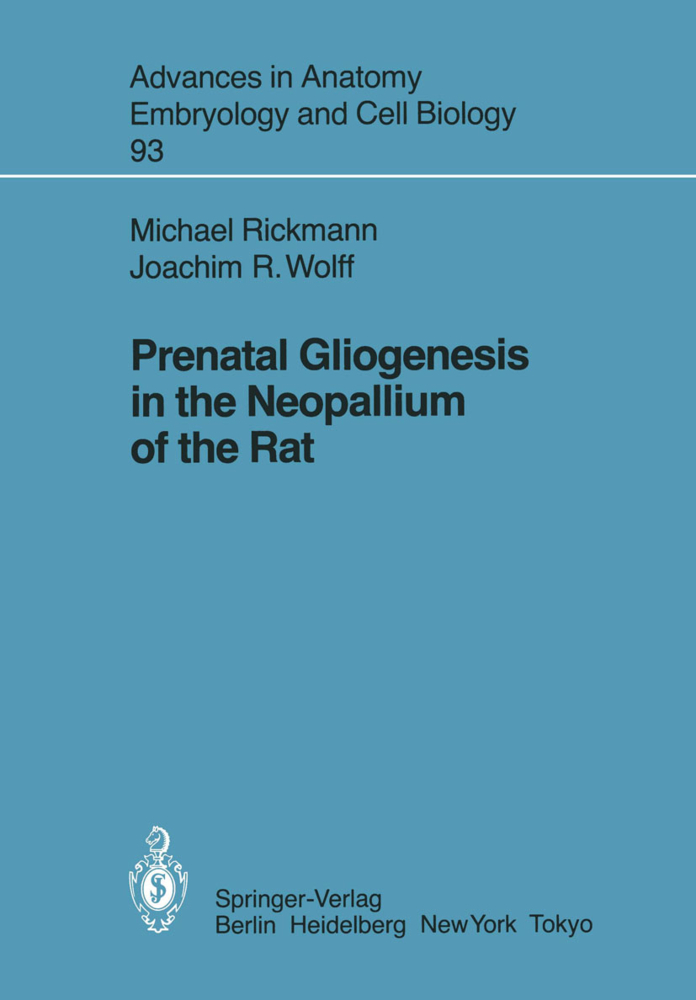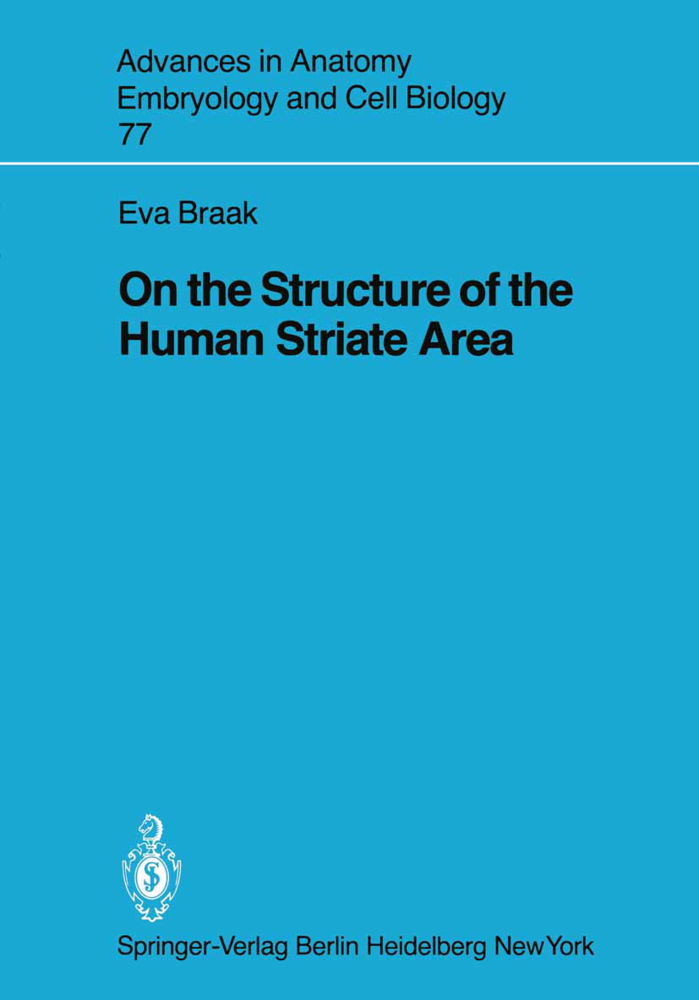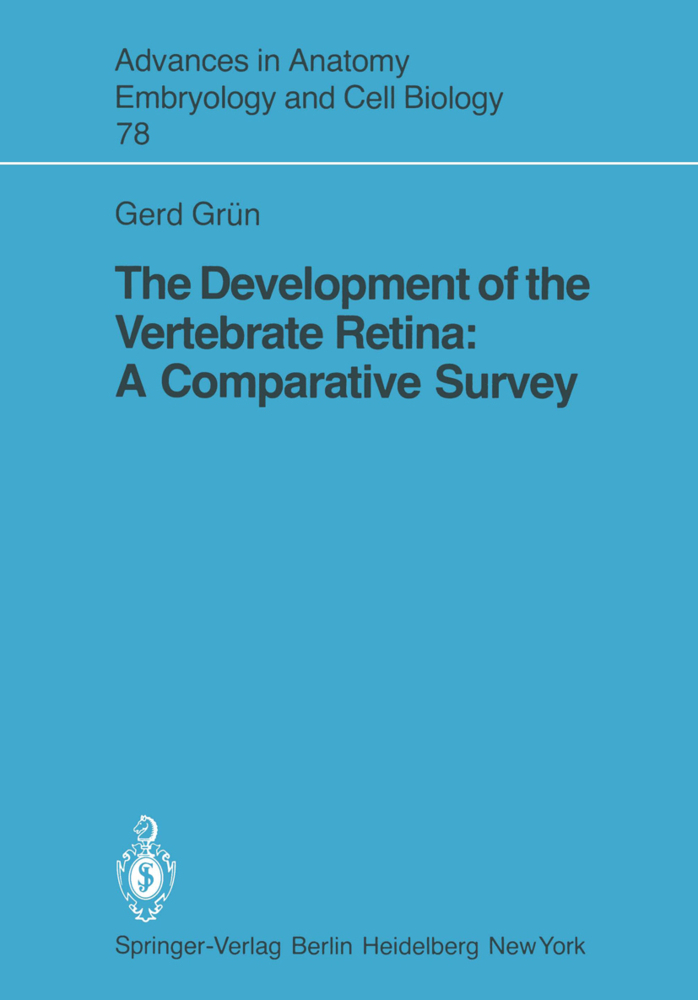The Brain Stem in a Lizard, Varanus exanthematicus
The Brain Stem in a Lizard, Varanus exanthematicus
With the introduction of modern neuroanatomical tract-tracing techniques (e. g. , Heimer and RoBards 1981; Mesulam 1982) and immunohistochemical methods (e. g. , Cuello 1983) powerful tools to study the circuitry of the central nervous system in vertebrates became available. These techniques have also been widely applied in "lower" vertebrates. A major task of comparative neurobiology is to sample the variations that exist in the brains of living taxa and to recognize common morphological patterns and their adaptive significance (Northcutt 1978, 1981). Reptiles, with their great variation in form and locomotion, are particularly interesting objects for neurobiologic research. They were the first vertebrates to be truly terrestrial and each reptilian radiation has solved many of the major obstacles to successful land invasion in strikingly different ways (Gans 1974). Among reptiles, the most encephalized species (as regards brain body weight relationship, e. g. , Jerison 1973; Ebbesson and Northcutt 1976; Platel1979) are the dracomorphs (e. g. teiids, varanids and iguanids). The brains of dracomorphs can best be described as the most complex among living lizards with increase in both size and differentiation of most sensory modalities (North cutt 1978). In the present study, the structure and fiber connections of the brain stem of such a highly developed dracomorph, the savanna monitor lizard, Varanus exanthematicus (Fig. 1), are analyzed. The brain stem plays a key role within the central nervous system.
2.1 Cytoarchitectonic Analysis
2.2 Immunohistochemical Procedures
2.3 Tract-Tracing Studies
3 Gross Anatomy
3.1 The Brain Stem
3.2 The Cranial Nerves
4 Spinal Projections to the Brain Stem
4.1 The Dorsal Column Nucleus and its Afferent and Efferent Connections
4.2 Fiber Systems Ascending in the Lateral Funiculus
5 Organization and Connections of the Sensory Trigeminal Nuclei
5.1 Cytoarchitecture
5.2 Primary Afferents
5.3 Central Trigeminal Projections
6 The Solitary Tract and Related Nuclei
6.1 Cytoarchitecture : Viscerosensory Nuclei
6.2 Primary Afferents
6.3 Central Visceral and Taste Pathways
7 Cranial Nerve Motor Nuclei
7.1 Somatomotor Nuclei
7.2 Branchiomotor Nuclei
7.3 Visceromotor Nuclei
8 The Vestibular Nuclear Complex and Related Structures
8.1 Cytoarchitecture
8.2 Primary Afferents
8.3 Central Vestibular Projections
9 Acoustic Projections
9.1 Primary Acoustic Projections and Nuclei
9.2 The Superior Olive
9.3 The Torus Semicircularis
10 Visual Input to the Brain Stem
10.1 The Tectum Mesencephali
10.2 The Nucleus of the Basal Optic Root
10.3 The Isthmic Nuclei
11 Forebrain Projections to the Brain Stem
11.1 Notes on the Organization of the Reptilian Forebrain
11.2 Basal Ganglia Projections to the Brain Stem
11.3 Diencephalic Projections to the Brain Stem
11.4 The Habenulointerpeduncular Tract
12 Cerebellar Connections
12.1 Notes on the Cerebellar Cortex
12.2 The Cerebellar Nuclei
12.3 Afferent Connections of the Cerebellum
12.4 Efferent Connections of the Cerebellum
13 The Reticular Formation
13.1 Cytoarchitecture
13.2 Monoaminergic and Peptidergic Components
13.3 Ascending Projections
13.4 Descending Projections
14 Concluding Remarks
14.1 Ascending Projections
14.2 Descending Projections to the Brain Stem
14.3 Descending Projections from the Brain Stem
14.4 Cerebellar Connections
14.5 Research Perspectives
Acknowledgments
References.
1 Introduction
2 Materials and Techniques2.1 Cytoarchitectonic Analysis
2.2 Immunohistochemical Procedures
2.3 Tract-Tracing Studies
3 Gross Anatomy
3.1 The Brain Stem
3.2 The Cranial Nerves
4 Spinal Projections to the Brain Stem
4.1 The Dorsal Column Nucleus and its Afferent and Efferent Connections
4.2 Fiber Systems Ascending in the Lateral Funiculus
5 Organization and Connections of the Sensory Trigeminal Nuclei
5.1 Cytoarchitecture
5.2 Primary Afferents
5.3 Central Trigeminal Projections
6 The Solitary Tract and Related Nuclei
6.1 Cytoarchitecture : Viscerosensory Nuclei
6.2 Primary Afferents
6.3 Central Visceral and Taste Pathways
7 Cranial Nerve Motor Nuclei
7.1 Somatomotor Nuclei
7.2 Branchiomotor Nuclei
7.3 Visceromotor Nuclei
8 The Vestibular Nuclear Complex and Related Structures
8.1 Cytoarchitecture
8.2 Primary Afferents
8.3 Central Vestibular Projections
9 Acoustic Projections
9.1 Primary Acoustic Projections and Nuclei
9.2 The Superior Olive
9.3 The Torus Semicircularis
10 Visual Input to the Brain Stem
10.1 The Tectum Mesencephali
10.2 The Nucleus of the Basal Optic Root
10.3 The Isthmic Nuclei
11 Forebrain Projections to the Brain Stem
11.1 Notes on the Organization of the Reptilian Forebrain
11.2 Basal Ganglia Projections to the Brain Stem
11.3 Diencephalic Projections to the Brain Stem
11.4 The Habenulointerpeduncular Tract
12 Cerebellar Connections
12.1 Notes on the Cerebellar Cortex
12.2 The Cerebellar Nuclei
12.3 Afferent Connections of the Cerebellum
12.4 Efferent Connections of the Cerebellum
13 The Reticular Formation
13.1 Cytoarchitecture
13.2 Monoaminergic and Peptidergic Components
13.3 Ascending Projections
13.4 Descending Projections
14 Concluding Remarks
14.1 Ascending Projections
14.2 Descending Projections to the Brain Stem
14.3 Descending Projections from the Brain Stem
14.4 Cerebellar Connections
14.5 Research Perspectives
Acknowledgments
References.
Donkelaar, Hendrik J. ten
Bangma, Gesineke C.
Barbas-Henry, Heleen A.
Boer-van Huizen, Roelie de
Wolters, Jan G.
| ISBN | 978-3-540-17948-1 |
|---|---|
| Medientyp | Buch |
| Copyrightjahr | 1987 |
| Verlag | Springer, Berlin |
| Umfang | XIII, 168 Seiten |
| Sprache | Englisch |

